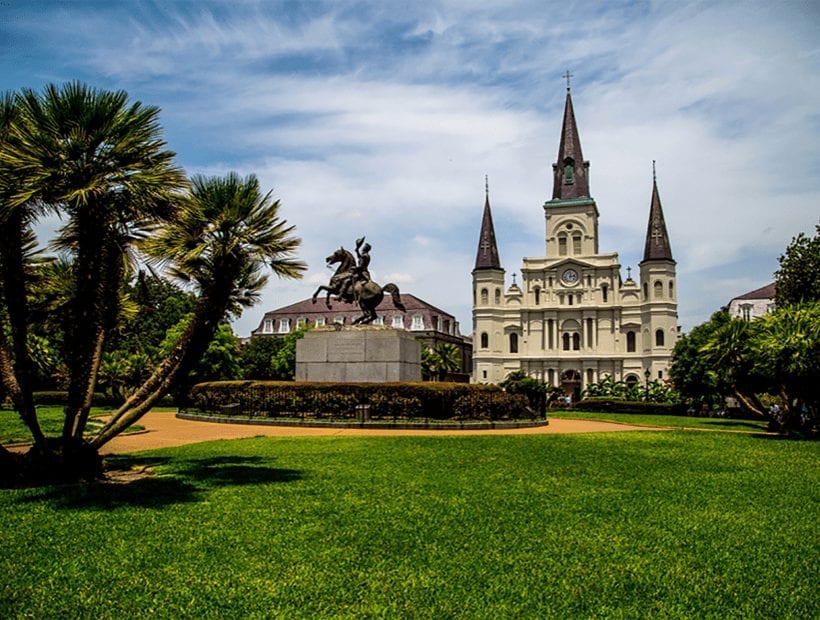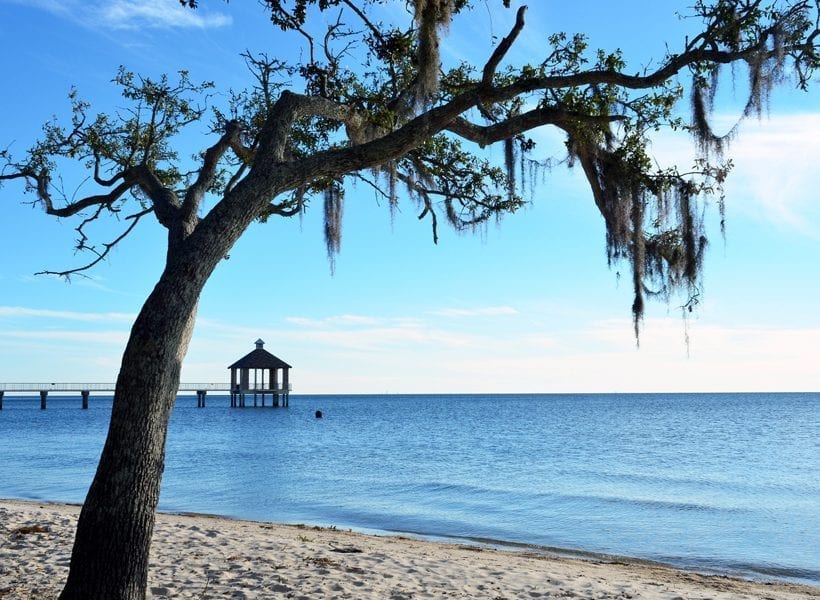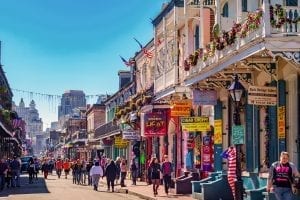Travel Nursing Jobs in Louisiana


Travel nursing jobs in Louisiana offer a cultural experience like no other. From the southernmost edge, bordered by the Gulf of Mexico, to the northernmost parts, with lush green landscapes, the Pelican State is sure to impress. This melting pot of French, African, and American backgrounds is home to Cajun culture – and mouthwatering Cajun food! Each spring, Louisiana cities host one of the country’s biggest parties, Mardi Gras, which fills the streets with colorful parades and music. For a good time any time of year, visit Louisiana’s largest city, New Orleans, where the lively French Quarter is a center for nightlife. Check out our Louisiana travel nursing jobs below.
TNAA | TotalMed is the travel nursing agency for you – in Louisiana and across the country! We offer competitive travel nursing pay, excellent benefits, and personal service to each of our nurses.
Louisiana is not merely the home of gumbo – it is gumbo. The state is a potent mixture of French, Spanish, Caribbean, African, British, Native American, and Cajun cultures. They’ve simmered together for centuries, creating a memorable feast.
The state’s distinct northern and southern regions are crisscrossed by navigable waterways that wind toward networks of bayous, marshlands, and tidal bays.
Northern Louisiana bears a close resemblance to its Texas, Mississippi, and Arkansas neighbors; southern Louisiana is home to Cajuns, the descendants of French-speaking Acadians, who maintain many rich traditions.

Louisiana offers vibrant cities, rich culture, unique cuisine, and scenic waterways—perfect for travel nurses looking to explore during their days off.
New Orleans — Explore the French Quarter, Bourbon Street, jazz clubs, and historic architecture.
Baton Rouge — Tour the State Capitol, LSU campus, and the Riverfront area.
Lafayette — Experience Cajun and Creole culture, live music, and local food.
Shreveport — Riverfront casinos, local museums, and historic districts.
Bayous & Swamps — Take a guided airboat or kayak tour to see alligators and wildlife.
Louisiana State Parks — Fontainebleau, Chicot, and Kisatchie offer hiking, camping, and lakeside views.
Plantation tours — Oak Alley and Laura showcase historic architecture and gardens.

Cajun & Creole cuisine — Gumbo, jambalaya, crawfish boils, and beignets are must-tries.
Live music — Jazz, zydeco, and blues throughout New Orleans and Lafayette.
Festivals — Mardi Gras parades, Jazz Fest, and smaller local celebrations.
Natchitoches — Historic downtown, riverwalk, and charming shops.
St. Francisville — Historic homes, gardens, and scenic Mississippi River views.
Lake Charles — Creole architecture, casinos, and local festivals.
Plan for humidity and heat — Summers are hot and humid; stay hydrated.
Check festival dates — Major events can draw large crowds; plan accordingly.
Try local foods — Don’t miss beignets, po’boys, and crawfish dishes.
Mix city and nature trips — From New Orleans nightlife to bayou adventures, balance your schedule for variety.
Louisiana participates in the Nurse Licensure Compact (NLC). This means if you hold a multistate nursing license from another compact state, you can practice in Louisiana without obtaining a separate state license.
Travel nurses with a compact license can start assignments more quickly.
If you’re from a non-compact state, you’ll need to apply for a Louisiana license. The process is straightforward and handled before your assignment begins.
Make sure your license is active and in good standing before starting your travel assignment.
Always verify your compact license eligibility and any Louisiana-specific requirements.
Check CE requirements if your assignment will extend beyond one year.
Temporary License Timeframe: Approximately 2-3 business days
Permanent License Timeframe: Approximately 2 months
Compact (eNLC): Yes
Does this state offer a temporary license? Yes